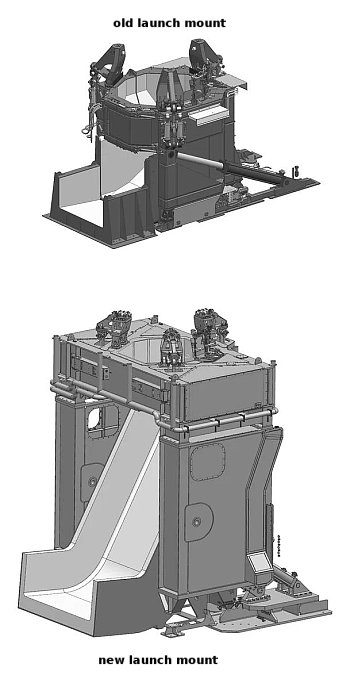NASA awards company contract to develop new advanced solar panels
NASA has awarded the solar panel company Solestial its second development contract, with both contracts worth more than one million dollars, to develop new advanced solar panels for use on future commercial space stations.
The 18-month SBIR Phase II contract will provide funds to support development of next generation, 50-kilowatt (kW) class solar array wings. Solestial’s silicon solar blanket technology will allow for arrays larger than any ever built, while also maintaining lower mass and competitive efficiency. The array will be developed in collaboration with Opterus Research & Development, who will develop a low-cost, novel deployment system for Solestial’s ultrathin, flexible, silicon solar blankets.
These blankets will be an upgrade from the new panels presently being deployed on ISS, that unroll like a blanket rather than unfold like hard panels. The design is lighter weight, easier to deploy, and cheaper. It will thus become a valuable product that every private space station will want to buy.
NASA has awarded the solar panel company Solestial its second development contract, with both contracts worth more than one million dollars, to develop new advanced solar panels for use on future commercial space stations.
The 18-month SBIR Phase II contract will provide funds to support development of next generation, 50-kilowatt (kW) class solar array wings. Solestial’s silicon solar blanket technology will allow for arrays larger than any ever built, while also maintaining lower mass and competitive efficiency. The array will be developed in collaboration with Opterus Research & Development, who will develop a low-cost, novel deployment system for Solestial’s ultrathin, flexible, silicon solar blankets.
These blankets will be an upgrade from the new panels presently being deployed on ISS, that unroll like a blanket rather than unfold like hard panels. The design is lighter weight, easier to deploy, and cheaper. It will thus become a valuable product that every private space station will want to buy.



